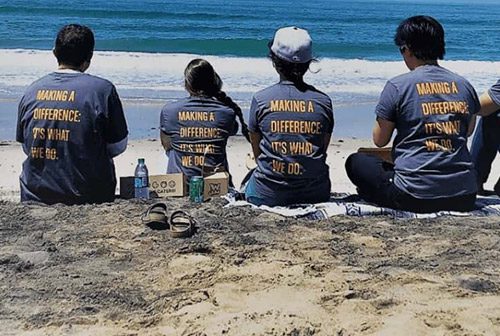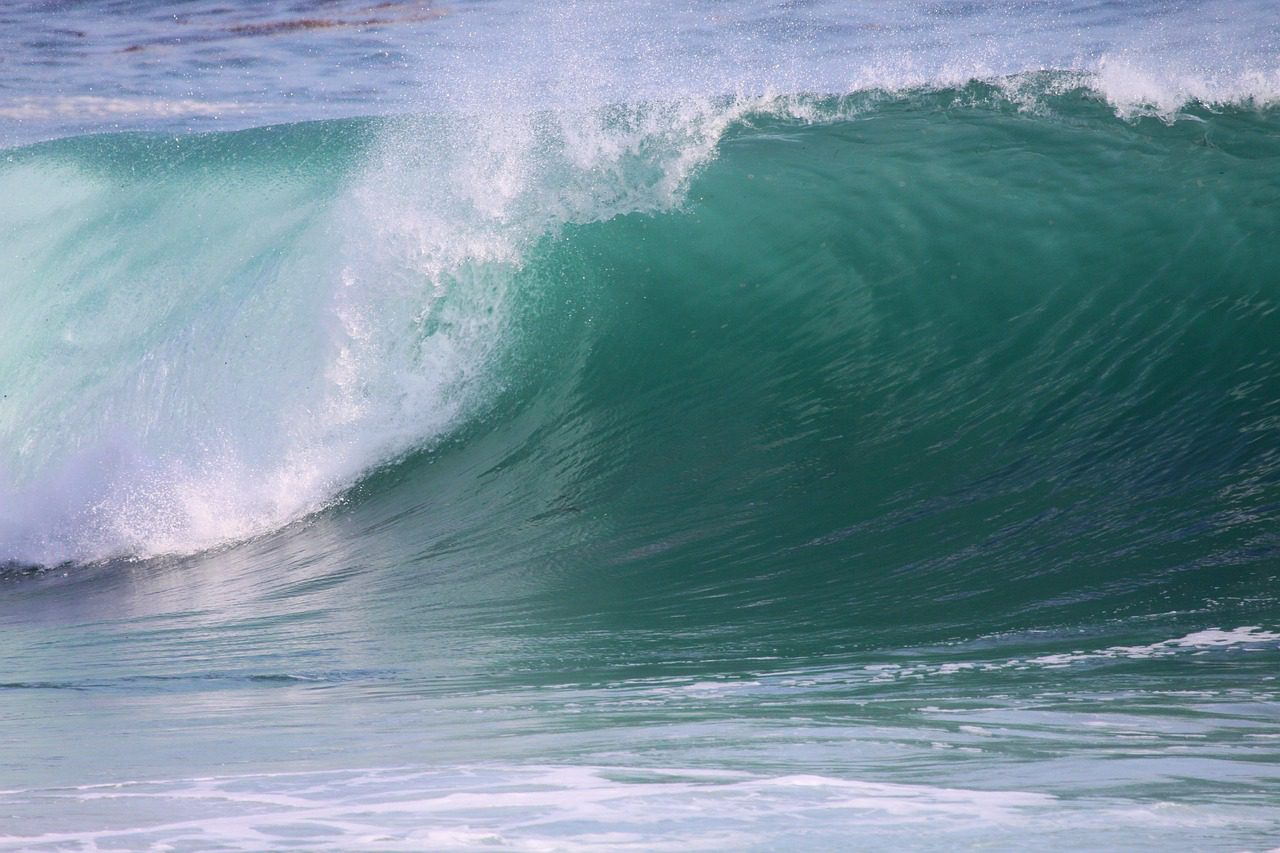Water quality in San Diego Bay may start improving as early as September 15 of this year, when removal of the bay’s toxic sediment, the ground beneath the water, is scheduled to begin. The cleanup is slated to remove 159,000 cubic yards of contaminated sediment from a 63-acre site near the NASSCO and BAE Systems shipyards just south of the Coronado Bridge. Those responsible for discharging the pollutants, including landowners and their tenants, are responsible for funding the cleanup.
During the cleanup, toxic sediment will be dredged from the bay bottom using a clamshell bucket specifically designed to minimize the spread of contaminates. Sediment will be dropped onto nearby barges and transported to shore, where it will be dried and mixed with a chemical compound to promote solidification. Sediment will then be tested to determine pollutant concentration (this may also be done while the sediment is still under water, a process known as in situ sampling) and will finally be transported by truck to the appropriate landfill disposal facility.
Water quality will be monitored both during and after the cleanup to determine its success. Monitoring stations will be located 250 and 500 feet from the dredge area, and a reference station will be located at 1000 feet to provide baseline measurements. A double-layered silt curtain will also be placed around the dredge area to prevent contaminated sediment from traveling into open water, which would compromise water quality.
Measures are also in place, and further plans are being developed, to reduce the cleanup’s impact on neighborhoods adjacent to the project site. Once dry, toxic sediment may become airborne and endanger air quality. To protect air quality, the permits require dried sediment to be controlled while it is stockpiled on shore or being transported. Also, cleanup operations are scheduled to run 24 hours per day and 6 to 7 days per week*, so requirements are being designed to protect residents from the noise and air pollution associated with ongoing truck traffic.
San Diego Coastkeeper has been actively involved in determining the ins and outs of the cleanup since it was ordered by the San Diego Regional Water Quality Control Board in 2012. Waterkeeper Jill Witkowski collaborated with other stakeholders to create a cleanup implementation plan and Coastkeeper’s work in setting the terms of the cleanup’s waste discharge permit was recently lauded by the Regional Board. Coastkeeper also submitted comments to the San Diego Unified Port District regarding the cleanup’s coastal development permits, which were issued yesterday. The final permit that must be granted before the cleanup can begin is a Clean Water Act Section 404 permit from the United States Army Corps of Engineers. This permit is necessary when a project will add any material to or remove any material from waters of the United States. If all of the required permits are issued, the long-awaited cleanup of San Diego Bay will get underway this fall. Great news for those of us who love the bay!
* Dredging is scheduled to occur between September 15 and March 31 of each of three years to avoid the nesting season of the endangered California Least Tern, which lives within the project site.















